16 Feb Warming up to a major home improvement

Feeling cold? A recent presentation at the USM Corporate Partners breakfast showcased the views of three major players in Maine’s heating industry. They addressed the price and market dynamics of heating oil, natural gas and alternative fuels. With the state’s residents experiencing a bitterly cold winter, what was their consensus?
All three panelists were adamant that the best first step in controlling heating costs is not to burn fuel. Said another way, much of the solution to the cost of heating is insulating homes and businesses to save money and, ultimately, to be more comfortable. Nothing else has a more dramatic or effective impact than tightening up our buildings.
Let’s start with some facts. Maine has the oldest housing stock in the United States. Generally, these are dwellings that are poorly insulated and likely to have antiquated heating systems. When added to the other stubborn facts of Maine’s aging and poor population, we can see that staying affordably warm is a constant and expensive challenge.
According to the U.S. Department of Energy (DOE), approximately 50 to 70 percent of the energy used in U.S. homes is for heating and cooling. Obviously, those numbers vary depending on local climate, construction, living habits and the quality and quantity of insulation in the home or business.
What kind of insulation works best? It depends….
What may be best for the attic is different than what might be used on the foundation or in the walls. Sometimes it’s simply a practical matter of how easily a space can be reached. Ultimately, though, you want to maximize the resistance factor (“R-Value”) that a material provides in preventing the movement of heat. Most often, the first and most important line of defense is the attic. Heat rises which means stopping it from exiting your building begins in the attic.
If your attic is a storage space, you may want to have a contractor spray low-density foam directly to the rafters and roof. If the attic has open joists, laying batts of fiberglass between and over the joists will help keep heat from escaping.
The effectiveness of insulation is dependent on its loft or the space allotted to trap and prevent air from migrating in or out. Even once you have insulated the voids with a high R-value material, if the studs in the wall are in direct contact with the outside wall, it’s like having a direct line for the cold to penetrate the interior of the space. Retrofitting outside walls may be one of your best strategies.
When insulating an existing home, you’ll want to work with a contractor to recommend the best material for blowing into the wall cavities. Cellulose or synthetic materials can fill the voids but also may settle over time and need to be augmented at a later date.
The DOE suggests that homes in most of Maine and New Hampshire ought to have R-values of 49-60 in the attic and 25-30 in the floor. As for walls, they recommend removing exterior siding, drilling holes in the sheathing to fill wall cavities with blown-in insulation and then add another layer of insulated wall sheathing of a R5 to R6 value before residing.
If you want to take steps now to limit the penetrating cold weather, you can go hunting for leaks in your home armed with gap filling insulating foam. Take a slow tour through your basement and attic. You are sure to discover little cracks between the foundation and the wall structure, little leaks around windows and gaps near dryer vents. Squirt in some foam and let it expand. Where ever your plumbing or exterior outlets go to the outside, another squirt will plug those leaks. Don’t forget the bulkhead or cellar door. Often the door jamb and the foundation are un-insulated.
One the main floor, closets, bulkheads and doorways may need weather stripping and door sweeps. Just stand close to these areas and you’ll be able to detect any cold air that is migrating into your living space. You also may want to add a door sweep to bedroom doors along upstairs hallways and keep them closed when no one is at home. By doing so, you’ll trap the heat in the hall rather than having it enter un-used rooms with windows. Just don’t let it get cold enough to freeze pipes in adjacent bathrooms.
In Maine, you should visit the web site of Efficiency Maine (www.efficiencymaine.com). They have a variety of tips, lists of contractors as well as a full suite of financing options to address heating and electrical usage (e.g. furnaces, appliances, lighting). Depending on your budget, you may want to be guided by the old adage – How do you eat an elephant? One bite at a time.



